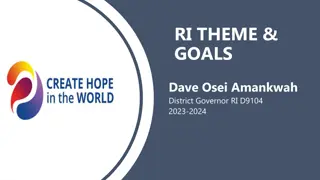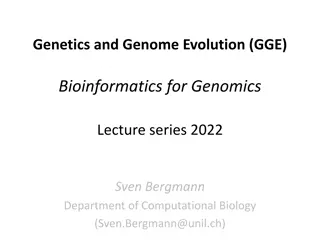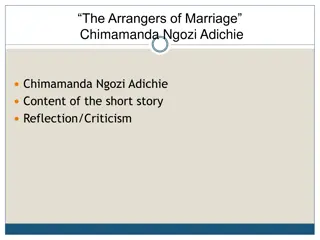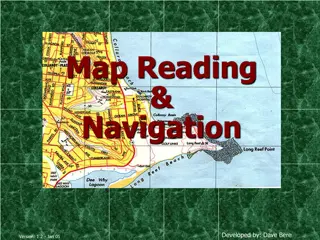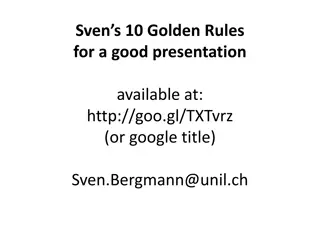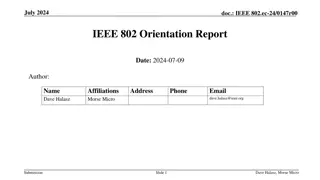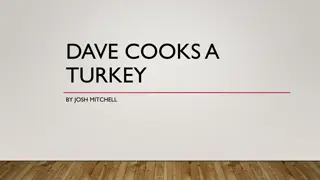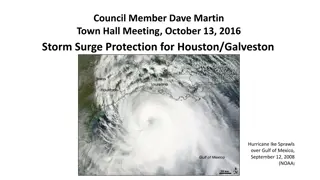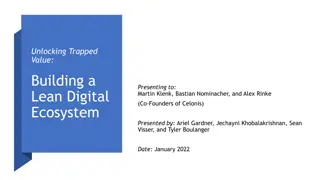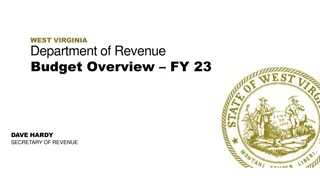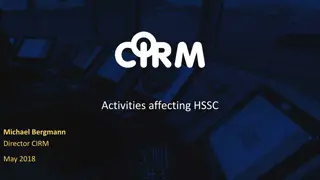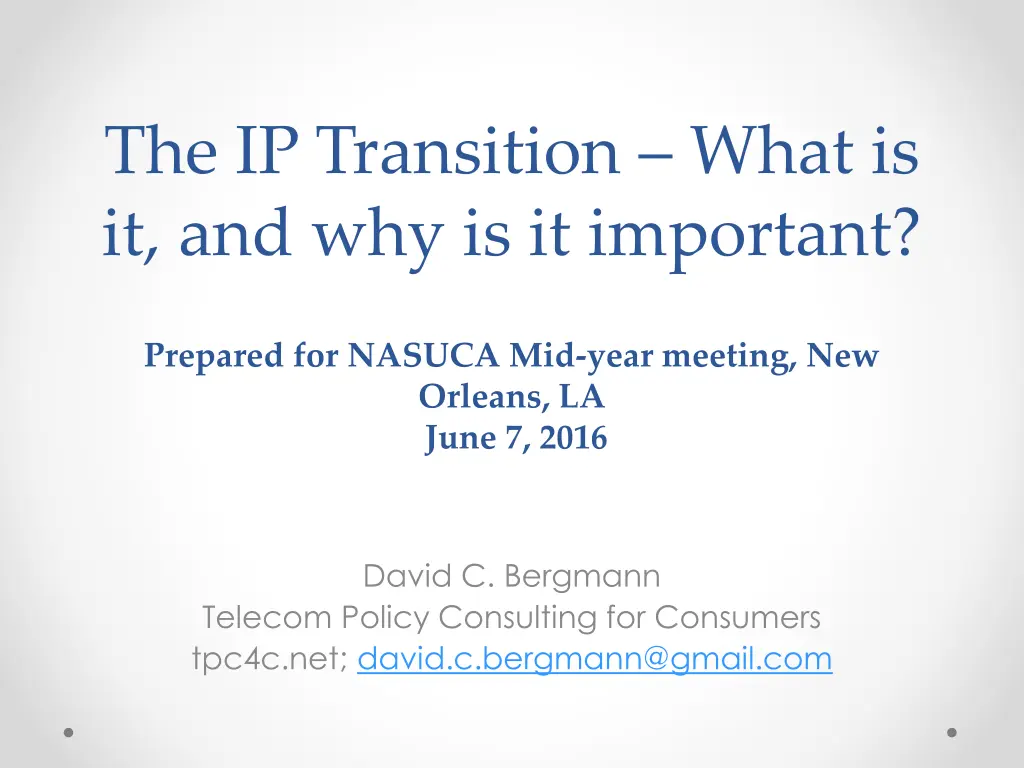
Understanding the Significance of the IP Transition
Learn about the IP transition from TDM to IP transmission, its importance, impact on telecom networks, and what it is not. Explore how this transition affects consumers and the distinction between facilities and services in the telecom industry.
Download Presentation

Please find below an Image/Link to download the presentation.
The content on the website is provided AS IS for your information and personal use only. It may not be sold, licensed, or shared on other websites without obtaining consent from the author. If you encounter any issues during the download, it is possible that the publisher has removed the file from their server.
You are allowed to download the files provided on this website for personal or commercial use, subject to the condition that they are used lawfully. All files are the property of their respective owners.
The content on the website is provided AS IS for your information and personal use only. It may not be sold, licensed, or shared on other websites without obtaining consent from the author.
E N D
Presentation Transcript
The IP Transition What is it, and why is it important? Prepared for NASUCA Mid-year meeting, New Orleans, LA June 7, 2016 David C. Bergmann Telecom Policy Consulting for Consumers tpc4c.net; david.c.bergmann@gmail.com
What is the IP transition? What is usually referred to as the IP transition is multiple interdependent transitions But specifically, it s a change from time division multiplexing (TDM) to Internet protocol (IP) transmission on telecom networks; circuit-switched TDM vs. packet switched IP Not all changes in this transition are IP-related 2
TDM 3
IP An IP network is multi-use. It can carry video and voice and text. It is thus a converged network. It is a more efficient and flatter network instead of a network of central offices for every neighborhood, and a trunk and branch structure, an IP network can have fewer meet points and should have flexible routing. Thanks, Chris Witteman 4
What is the IP Transition NOT? NOT necessarily a change in network wireline facilities NOT a change from copper to fiber o Copper can handle IP transmission NOT an excuse for ILECs to slough off customers NOT a reason for removing consumer protections Does NOT require elimination of voice-only service See posting on my blog, A Transition to WHAT? And where are we now? * 6
The key for customers: The distinction between facilities and/or services ILECs seek retirement of facilities, i.e., copper lines with and without ceasing services o AT&T retiring copper and not replacing it with a wireline service o Verizon That plus retiring copper in favor of fiber or wireless Withdrawal of services, esp. of basic service (e.g., OH statute) o Can basic service be offered over fiber? Yes, according to Verizon . Time Warner Lifeline in NY basic service over coax o Does it matter whether the facilities are IP-enabled? No. 7
How can we look at these changes? Which facilities retirements and service withdrawals are necessary parts of the IP transition? Which are not necessary parts but instead only part of a particular firm s business plan? Does the public interest allow such changes? o AT&T grandfathering Is the trial working? Was it a forgone conclusion? o Verizon? Customer choice ? Migrate or lose service? 8
POTENTIAL EFFECTS OF THE IP TRANSITION ON CONSUMERS, COMPETITION, UNIVERSAL SERVICE AND PUBLIC SAFETY Consumers o Loss of services o Increased cost for basic service; upselling to bundles (triple play +) o Disadvantages to customers on legacy facilities (i.e., neglect) o Excuse for deregulation Universal service o We re now talking about TWO essential services: voice and broadband (see Broadband Lifeline Order) o Needs to be ubiquitously available, at reasonable and affordable prices Consumer protections available to all o 254 Public safety o Focus on 911 sunny-day and rainy-day problems with the IP network E.g., 4/14 multi-state outage caused by oversight 3/16: Erie County NY; Honolulu HI Competition o Harm to competition is harm to consumers 9
The 214(a) protection In the CAF II Order1, the FCC forebore from ETC general responsibilities for price cap (large) ILECs where they receive no high-cost support. Did not forbear from Lifeline or for non-price cap (small) ILECs. But even where there is ETC forbearance, service must continue until a 214(a) petition has been granted by the FCC o CAF II Order stressed the continuing importance of 214(a)2 o See 13-5 FNPRM (8/7/15)3 o AT&T grandfathering proposals in 13-5 (October 30, 2015)4 No withdrawal of basic service yet o Note slide in AT&T Report5 FCC process; state notice and processes o E.g., OH (burden on customers) 214(a) facilities retirements without service withdrawal o Remember Verizon and basic service See my blog, A Relinquishment Briefing ** 10
Is losing basic service a true loss? Depends on what replaces it! Service without obligation to serve Service without consumer protection oArbitration clauses? Service without back-up power Service without access to medical alerts, alarms, faxes 11
QUESTIONS? FURTHER DISCUSSION? Contact info Telecom Policy Consulting for Consumers tpc4c.net david.c.bergmann@gmail.com (614) 771-5979 12
Links * http://tpc4cnotsoquicktakes.wordpress.com/ ** Id. 1. https://apps.fcc.gov/edocs_public/attachmatch/FCC-15- 97A2.pdf 2. https://apps.fcc.gov/edocs_public/attachmatch/FCC-14- 190A1.pdf. 3. https://apps.fcc.gov/edocs_public/attachmatch/FCC-15- 97A1.pdf 4. http://apps.fcc.gov/ecfs/document/view?id=60001331668 5. http://apps.fcc.gov/ecfs/document/view?id=60001326674. 13

